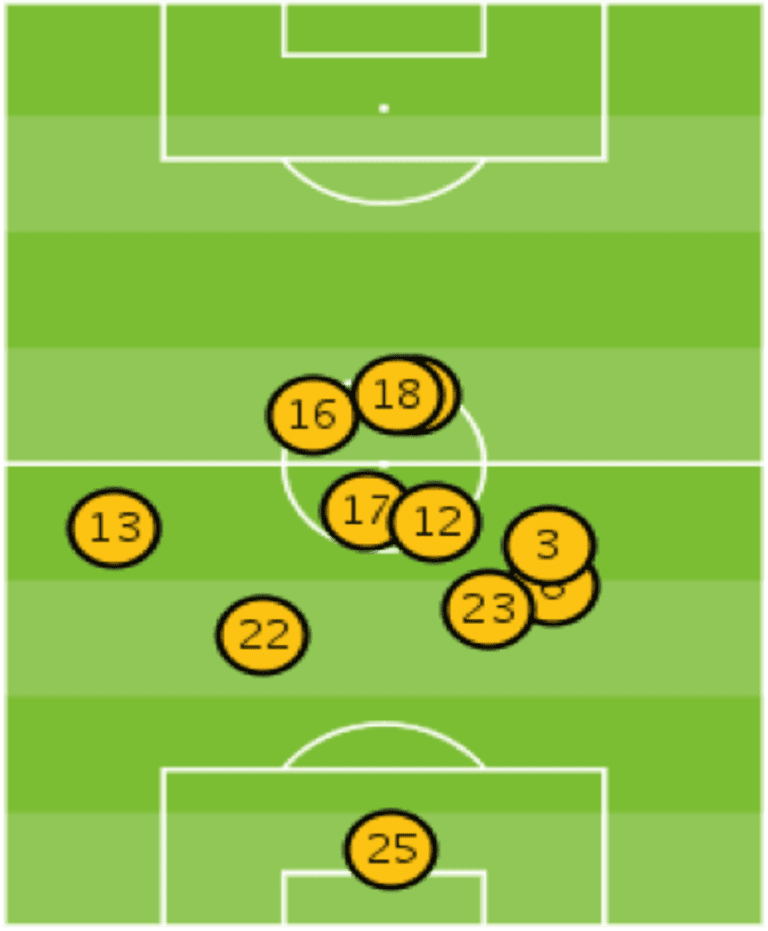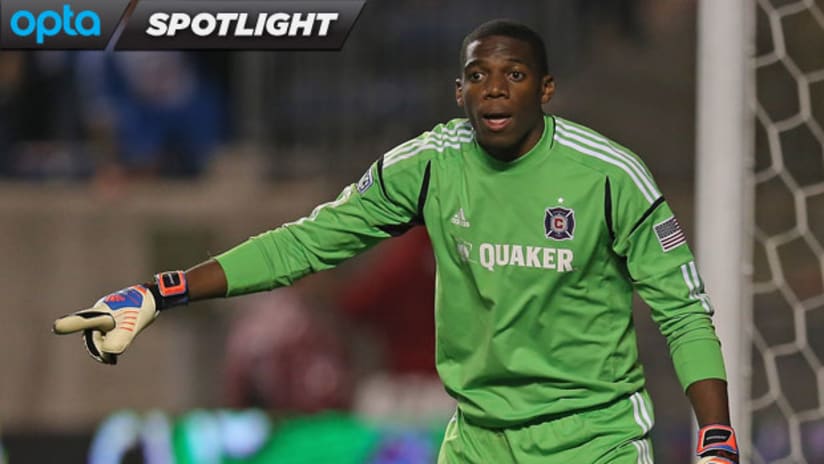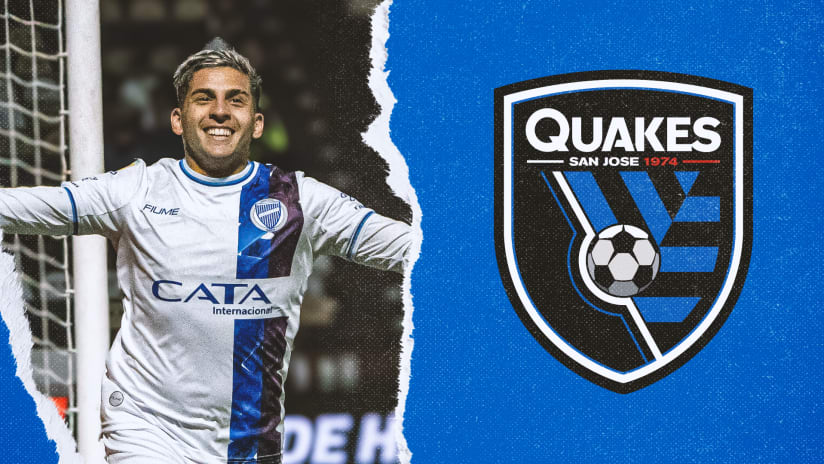Over the next three weeks, MLSsoccer.com will take a look back at the 2012 season that was for all 19 clubs in Major League Soccer, starting with Toronto FC and ending with the Supporters' Shield-winning San Jose Earthquakes. You can find the schedule and comprehensive reviews for each team here.
2012 record: 17-11-6 (57 points); 46 GF / 41 GA (+5 GD)

2012 in Review: Chicago Fire
Q&A with Dynamo head coach Dominic Kinnear
Armchair Analyst: Fire rebuild paid dividends
2012 Chicago Fire Average Position

It's a jumble – lineup shuffling tends to scuttle the usability of these diagrams – but there are still some subtle clues into the Fire's style of play.
One look at Logan Pause's (17) and Pável Pardo's (12) positioning gives away Chicago's preferred counter-attacking philosophy, which is defined by Frank Klopas' 4-2-3-1 with the midfield duo protecting the middle of the park in front of Arne Friedrich (23) and Austin Berry (22).
The other thing to notice is Chris Rolfe's (18) positioning. He's practically a second forward, which is exactly how Chicago's goal-shy forward corps need him to play. The issue, however, is the overlap with Patrick Nyarko, whose average position is almost exactly the same. If Nyarko, Rolfe and Álvaro Fernández can spread the field a bit more and play off hold-up expert Sherjill MacDonald, the Fire should really be able to break at pace and put defenses on their heels.
2012 Chicago Fire Passing Matrix(Download HERE)
Some wondered if Pardo was past it when Chicago signed him in July 2011. More than a year later, he's answered his doubters, and then some.
The 36-year-old World Cup vet led the Fire in passing in 2012, acting as the link that connected the lines and found the side's fleet-footed attackers when an opportunity to break arose.
But perhaps the most impressive aspect of the Fire's passing trends is how quickly MacDonald became the outlet for the team's creative players to feed off of. He found Rolfe 69 times, third most on the team despite playing just 14 games. And the same trend applies to both Fernández and Nyarko.
1) The Fire still lack a consistent finisher up top
It's a good thing MacDonald is tireless off the ball and an ideal outlet man because his finishing certainly leaves something to be desired. And Dominic Oduro? His struggles in that department are well documented (four of 17 in big-chance situation in 2012).
Chicago didn't have a problem creating chances in 2012 – they were fifth in big chances with 55 – but they simply weren't consistent with the final touch when those opportunities arose, finishing last among playoff teams with a 40-percent conversion rate.
Partially because of Oduro's sharp form, the Fire were much more efficient in front of net in 2011, especially within the confines of the 18-yard box. They made up for that shortcoming by upping production from outside the box in 2012, but someone other than Rolfe has to step up and approach double-digit goals come 2013.
2) Austin Berry fully deserved to be MLS Rookie of the Year
Now, that headline isn't exactly a shocker considering Berry topped the Rookie Rankings for much of the year, but the statistics confirm what most knew just from watching the young center back.
He was second in MLS in CBI (clearances, blocks and interceptions) with 370, 12 behind league leader Carlos Valdés. He was fourth in CBI + tackles, logging just 38 tackles during the course of the season, relatively few among the league's elite center backs.
That's not necessarily a bad thing, though. It implies he rarely had to resort to desperate measures and mirrors MLS Defender of the Year Matt Besler's defensive tendencies. The fact that Berry added three goals and committed just 16 fouls is icing on the cake.
3) Sean Johnson was busier in 2012, and he was up to the challenge
Before we begin, remember Johnson is just 23 years old and two years into his life as a starting professional goalkeeper. That said, he made strides in 2012 despite facing fewer shots.
One of his weaknesses during 2011 came when facing shots from outside the box (11 goals allowed). And despite facing four more shots on target from outside the 18-yard box in 2012, the Fire allowed just four goals while the save percentage jumped from 78 to 92.3 percent.
Johnson also boasted a better save percentage inside the box, even as shots on goal from inside the area jumped from 85 to 106. And although his decision-making continues to take shots – what young goalkeeper's doesn't? – it's obvious the shot-stopping ability is there and steadily improving.
Random nugget: Want proof of Oduro's declining influence in the team? Chicago had just 12 fast-break attempts in 2012 compared to 31 during the Ghanaian's career year.














